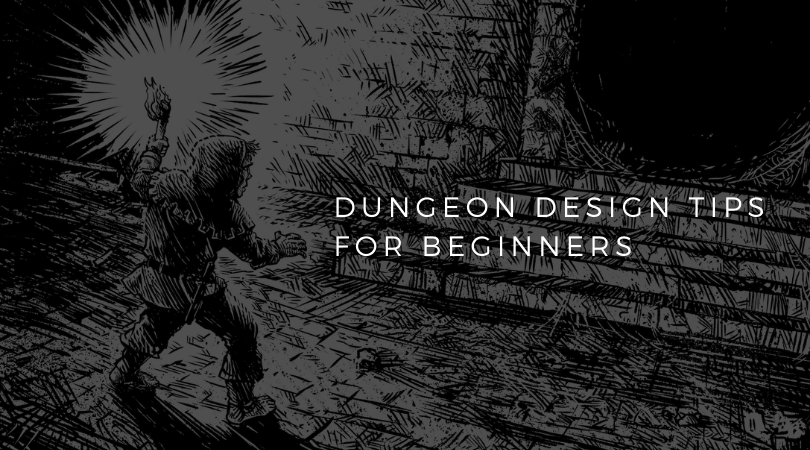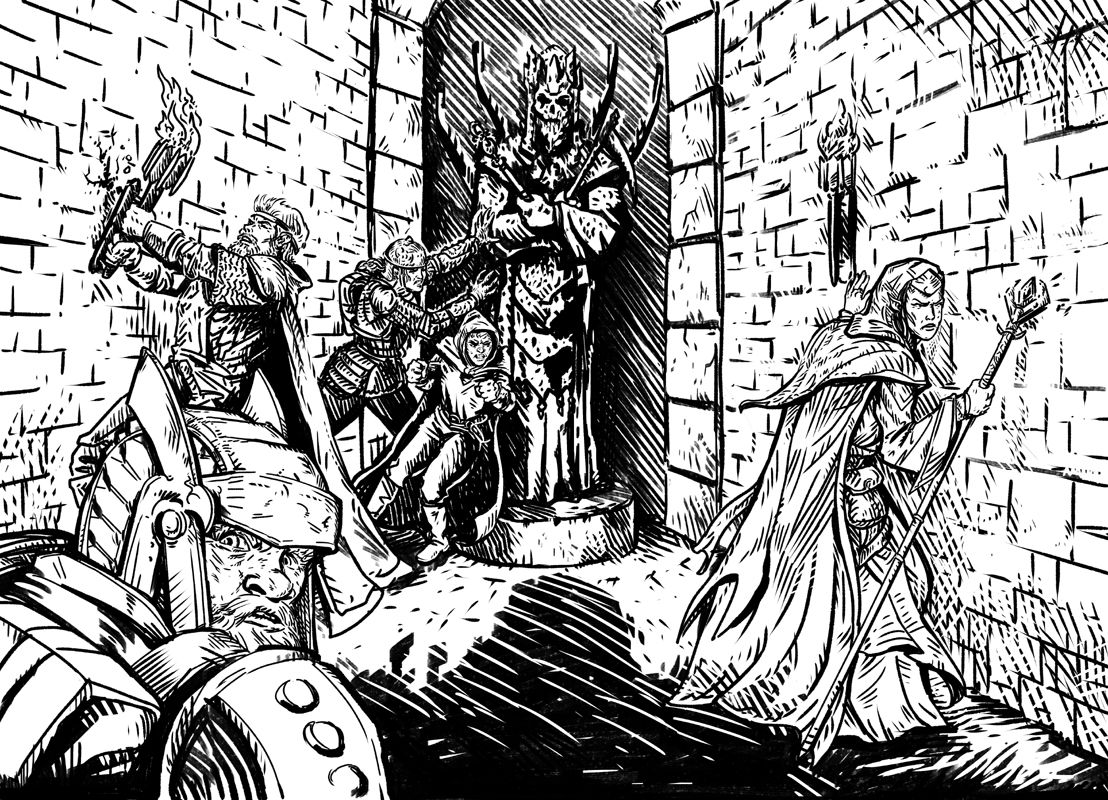Dungeon Design Tips for Beginners

Some dungeons are fantastic. Some are crap.
For a new GM, designing a dungeon is a daunting prospect. Fear not. If you follow the tips below, you'll be well on the way to designing a fun, engaging dungeon for your friends!
Remember, the Dungeon Should be Fun
Above all, dungeon-delving should be fun. If your dungeon isn't fun to play (or run), redesign it.
A fun dungeon is not necessarily an easy dungeon. Part of the joy in roleplaying is the sense of achievement of overcoming challenges with your friends. The greater the challenge, the greater the sense of accomplishment when it is defeated. Everyone likes an easy fight followed by piles of glittering treasure, but that gets old quick. Too much treasure can even kill your campaign.
Decide the Dungeon's Purpose
Why was the dungeon built, and who built it? Such decisions are crucial in designing the look and feel of the place. This decision affects the dungeon's size and scope, its layout and physicality. A dungeon built by dwarves as a citadel to defend a mine, for example, will be completely different to a dungeon built by serpentfolk to serve as a temple to their foul, ancient gods.
Name the Dungeon
Only unknown dungeons have no name; every other dungeon has a name of some sort. A dungeon's name builds atmosphere and (often) shows how others view the place. The dungeon's name can also provide attentive characters with important clues about the complex.
For example, undead probably infest the Sepulchre of Gibbering Shadows; some denizens might have madness- or sonic-based attacks. Wise adventurers prepare for such challenges before entering to maximise their chances of survival (and success).

Another dungeon, for example, the Warrens of the Troglodytes (from the good old days) will likely feature a completely different set of challenges. As will the Tombhold of the Spider Lich and the Rift of the Ogre King.
Design the Dungeon's Ecology
Every dungeon has an ecology. You don't need to obsess about this, but knowing how the inhabitants interact with one another, and how they get food and drink, is design time well spent. Knowing these details helps you make the dungeon more believable, which increases the players' immersion in your creation.
Consider how the dungeon's denizens interact with each other: are they friendly, at war or unaware of each other's presence? If the various denizens are not on friendly terms, the complex will likely require many abandoned or empty areas. Such locales serve as hunting grounds and a buffer between the various groups. It might also require multiple sources of fresh water and more than one entrance. The characters may even come across the signs of conflict between the various groups and could use this conflict to their advantage.
Include Wandering Monsters
Wandering monsters have fallen out of fashion recently and are an often overlooked–but crucial–part of dungeon design. Wandering monsters add a sense of uncertainty to explorations and help build a dungeon's verisimilitude. Most monsters don't sit in their room waiting for adventurers to arrive—they have lives. They need food, water and entertainment. They will move about the dungeon—and the characters can bump into them when they do so!

Feature a Mix of Challenges
A dungeon comprising nothing but traps is colossally boring for fighters and other warrior types, while one stuffed full of undead is great if you are a paladin or cleric but less great if you are a bard.
Creating a diverse and exciting mix of encounters (that make sense in the dungeon's context) gives every character a chance to shine. Remember, almost all players enjoy being in the spotlight (at least occasionally) and contributing to the party's success.
Include Dungeon Dressing
No dungeon exists in a vacuum. Previous adventurers and denizens all leave their mark on the environment. Including minor features of interest adds to the realism of the place. This, in turn, incentivises the characters to learn more about the dungeon through their skills and observations.

Dungeon dressing helps you bring the place to life in your players' minds and helps them suspend their disbelief. Very few dungeon areas are plain and featureless.
If you need help with dungeon dressing, check out Raging Swan Press’s Dungeon Dressing line of articles and supplements or Appendix I of the 1st edition Dungeon Master's Guide.
Reward Attentive Play
Rewarding players for picking up on clues you scatter through the dungeon elevates their standard of gameplay. If the characters can gain tactical advantages from their observations, it incentivises them to observe and understand the dungeon. This is also a cunning way of building verisimilitude and bringing the setting to life in the players' minds.
You can take this to ludicrous levels by describing absolutely everything in minute detail. Remember, detail and flavour are good, but too much detail and flavour are bad. When the characters spend hours searching each room and play becomes bogged down in endless questions about the room and its contents, you've probably gone too far.
Include Appropriate Challenges and Rewards
If the challenges lurking in a dungeon are too hard or too easy, exploring the place won't be fun. Of course, the characters may encounter challenges they cannot defeat, but that should be the exception, not the norm. (Or they may be able to defeat, overcome or circumvent the encounter using—shudder—a non-combat solution). Characters can and will also sometimes encounter easy to defeat challenges. Sprinkling such encounters into your dungeon makes the players feel good about their characters.
Remember: appropriate challenges and rewards are the cornerstones of successful, long-lived games.
Everyone Was a Beginner Once
Your experience as a beginning dungeon designer is not unique. Everyone was a beginner when they entered the hobby, and every GM/designer has made howling errors in the past. I myself have fallen prey to both a baby Cthulhu (Cthulhu with the young template) and a rainbow coloured dragon (with 1,000,000d6 breath weapon) in the past. Neither encounter went well for me.
Relax, and enjoy your design time. Remember: every time you design a dungeon, you'll get better, and the process will become easier!
This article is a reworking of a post from my old blog's archives. This reworked article will also feature in GM's Miscellany: Dungeon Dressing Remastered (available in 5e, OSR, Pathfinder 1 and Pathfinder 2 editions) which will be available later this year.

Member discussion